LINKED
LINKED
Next open day when you can go on the audio trail:
Saturday 14 September
11am – 5pm
Wanstead Library
London E11 2RQ
Borrow radio receiver, headphones + map from our hosted pick-up point
Short and longer routes are available. We can offer guidance on routes based on your preferences and the amount of time you would like to spend. You are also very welcome to do the walk in sections, to listen in stages and return at your leisure.
There are cafes, shops and public toilets along the route.
Click here for a google map of the full route.
To discuss any access requirements, please contact Nikki Tomlinson, nikkijtom@gmail.com
Talk by Graeme Miller
Thursday 11 July
7pm – 9pm
Filly Brook Space
E11 4AP
Leytonstone Art Trail
Info & booking here
Recent open days
6 July 2024
22 June 2024
23 June 2024
19 May 2024
18 May 2024
21 April 2024
20 April 2024
&
17 February 2024
(Radical Landscapes)
31 January 2024
(a talk at Morris Gallery: Abel Holsborough, Zaiba Jabbar, Graeme Miller, Hadrian Garrard)
20 January 2024
(Radical Landscapes offsite commission)
25 November 2023
(Radical Landscapes)
Commissioned by the Museum of London and launched in 2003, LINKED is a radio installation installed on lampposts across 3 miles of East London. It is an artistic response to the creation of the M11 Link Rd in the 1990s which involved the demolition of over 400 building, including my own home, amid dramatic and passionate protest.
In this its 20th anniversary year, LINKED is being fully technically restored and made available to the public again as a free audio trail.
Along a route between Hackney Marshes and Redbridge Roundabout (adjacent to the Link Rd) analogue radio transmitters reveal the voices and stories of 60 people who once lived and worked in the area – families, road protestors, railway-workers, teachers, disco-goers, and artists from the substantial community living in houses destroyed by the road – among them Cornelia Parker, John Smith, Christine Binnie and Ian Bourn. Together the assembly of voices evokes a fascinating and moving cross-section of East London life.
LINKED has endured as perhaps the largest sonic installation and sculptural entity in London for 20 years, broadcasting over a million times the voices and stories of people who lived or worked in the area impacted by the road.
CREDITS
LINKED was originally commissioned by the Museum of London in 2003 and produced by Mark Godber, Judith Knight and Gill Lloyd of Artsadmin. The making of LINKED was generously supported by Arts Council England (ACE), Heritage Lottery Fund, London Boroughs Grants Committee part of the Association of London Government, Calouste Gulbenkian Foundation and the London Boroughs of Redbridge and Waltham Forest. The restoration of LINKED (2022 – 2024) is supported by ACE.
With thanks to all the many interviewees, production teams and friends involved in developing LINKED and to the researchers who developed the interview content for LINKED (2003): Lucy Cash, Myra Heller, Dan Saul, Michael Sherin, Helen Statman. Original technical design by Simon Beer of Integrated Circles.
Production (2023/24): Steve Wald, Mike Harrison, Lydia Newman, Chris Warner, Lou Doyle, Nikki Tomlinson
More about LINKED
LINKED was intended to remain unseen, an almost secret layer of the geography of the communities where it transmits. It is in perpetual dialogue with the walker/listener who animates the work with their attention, finding their own narratives and in this sense, it is a social sculpture intended for a dynamic and changing area.
The transmitters broadcast on a single frequency and with a receiver the walker is able to navigate the neighbourhoods adjacent to the motorway, finding pools of sound that relate to the specific locations.
Over the passage of time this work about the politics and poetry of place has come to reflect issues relating to community, environment and protest and the impact of sudden, top-down developments on people and place.
5min video about LINKED by Dan Saul
Listen to audio excerpts
Read 2003 Catalogue Essay THE ARITHMETIC of BELIEF by Alan Read
Read 2005 essay The Pepys of London E11:
Graeme Miller and the Politics of Linked by Carl Lavery

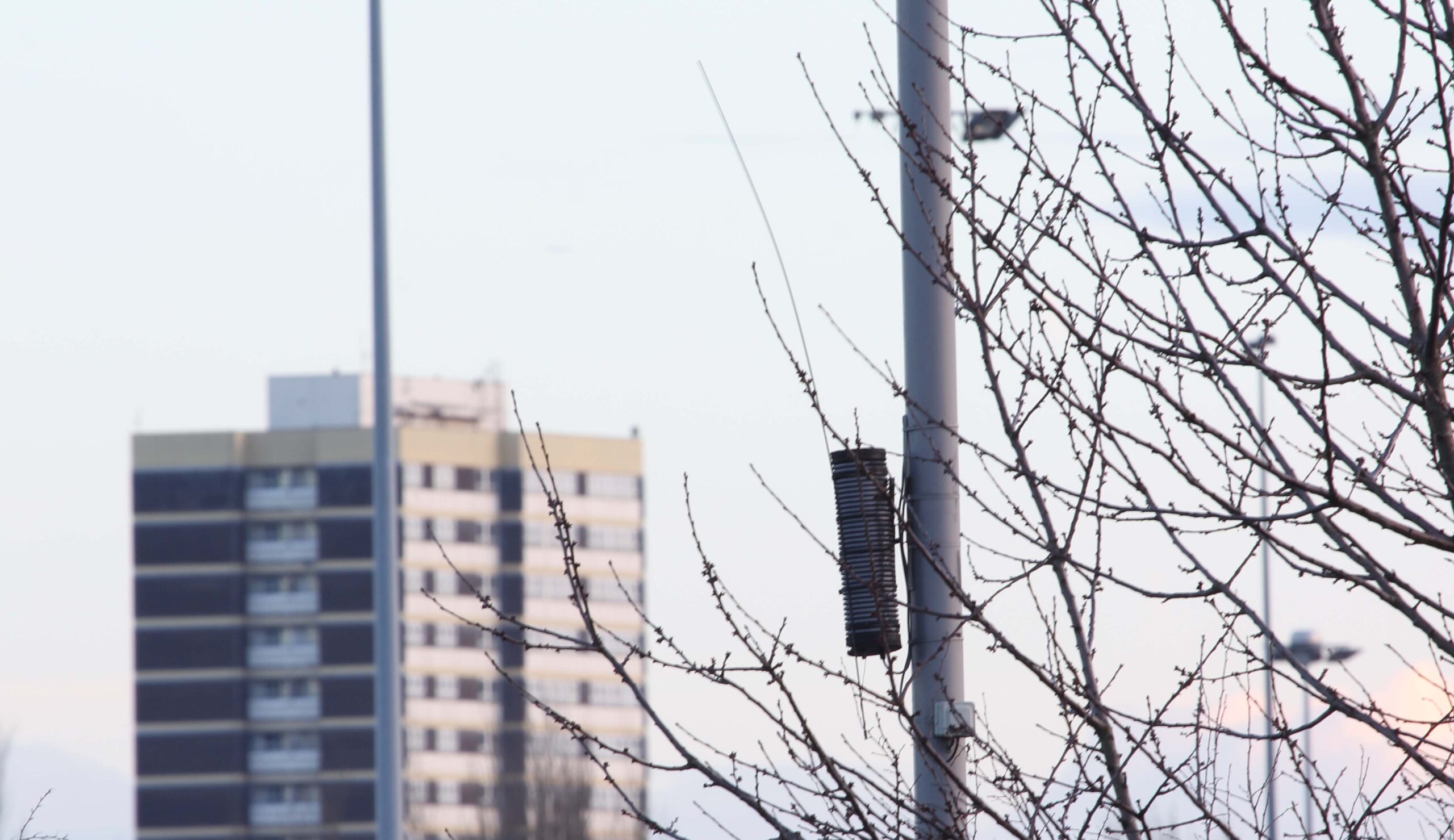

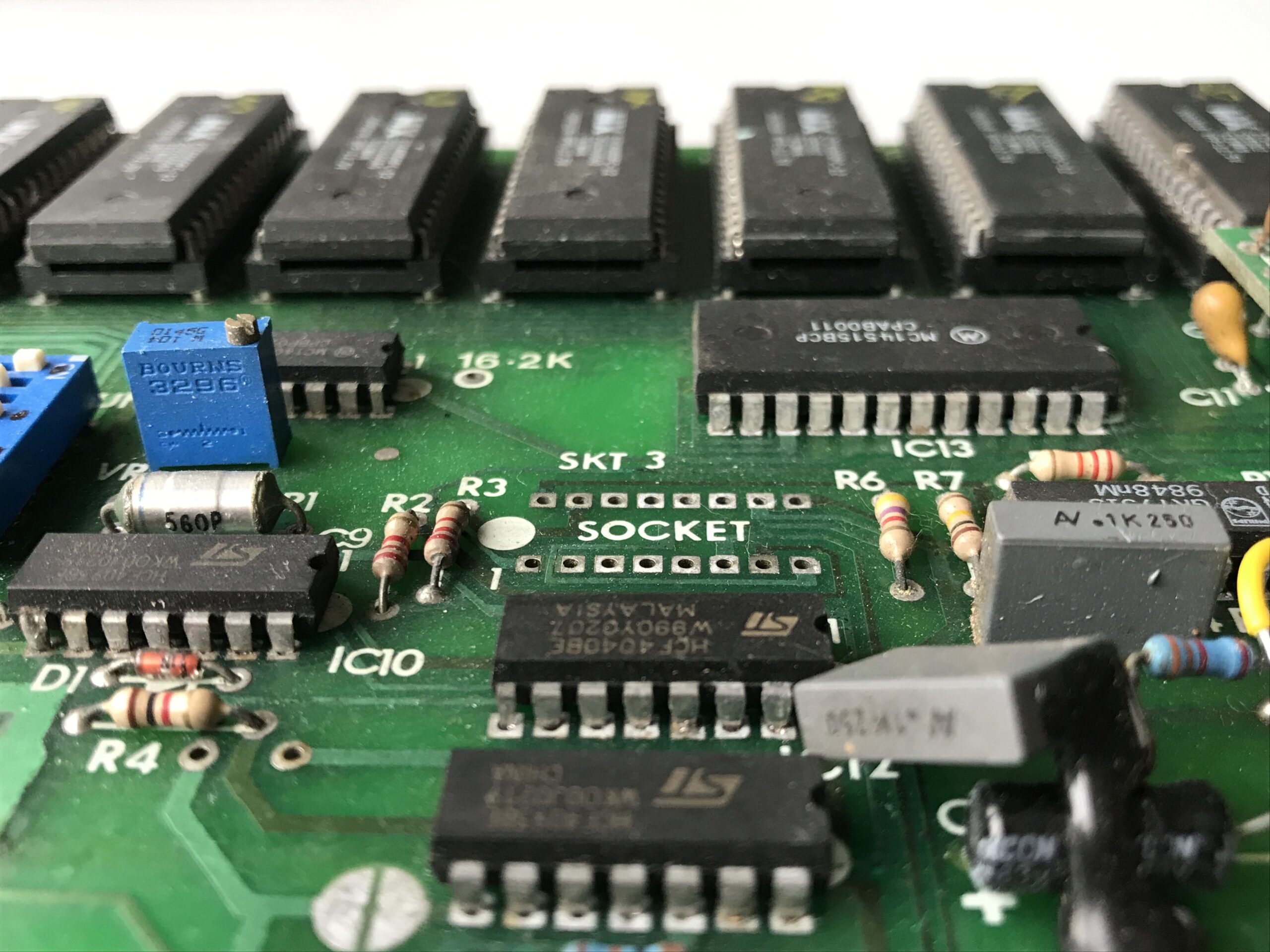



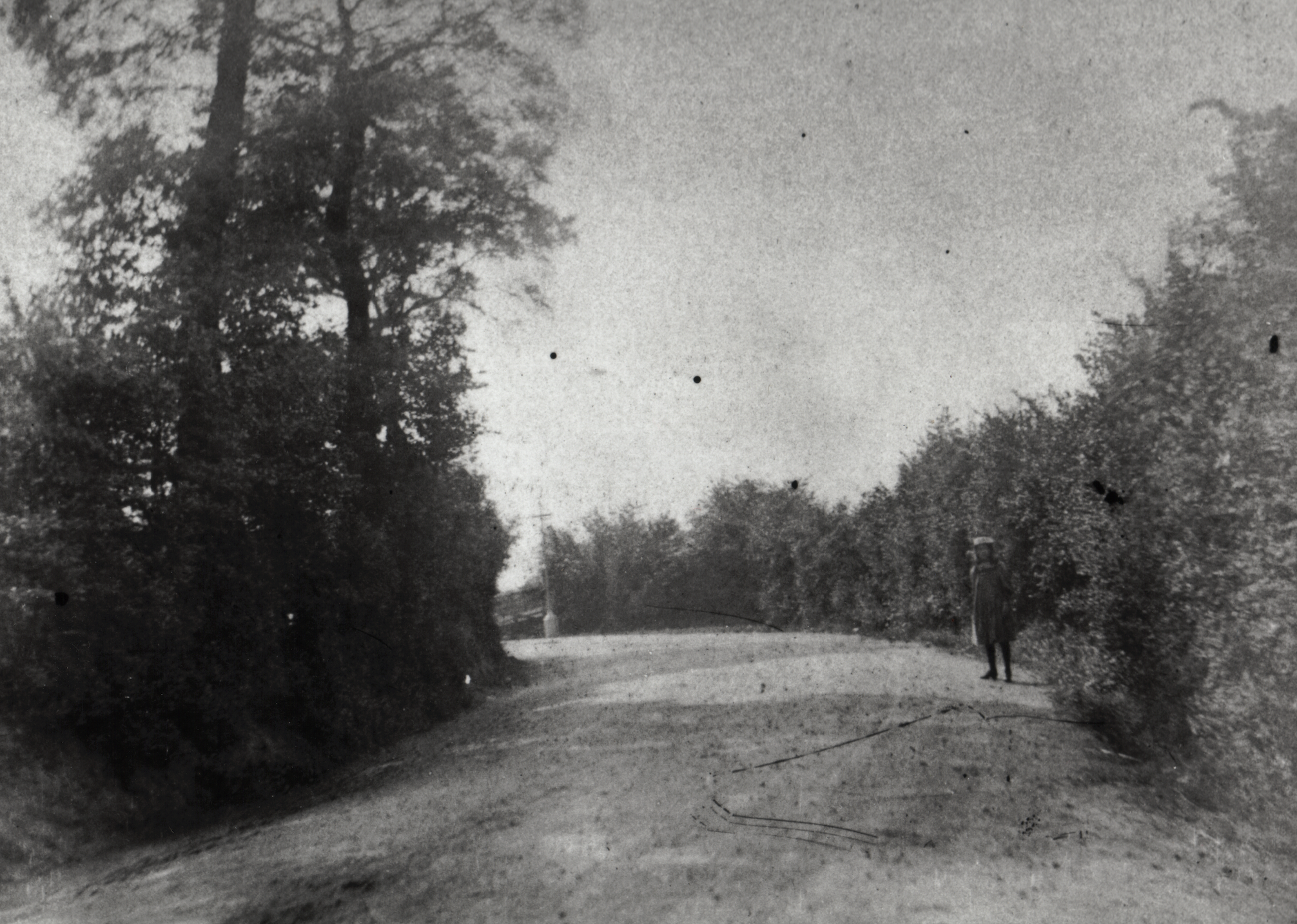
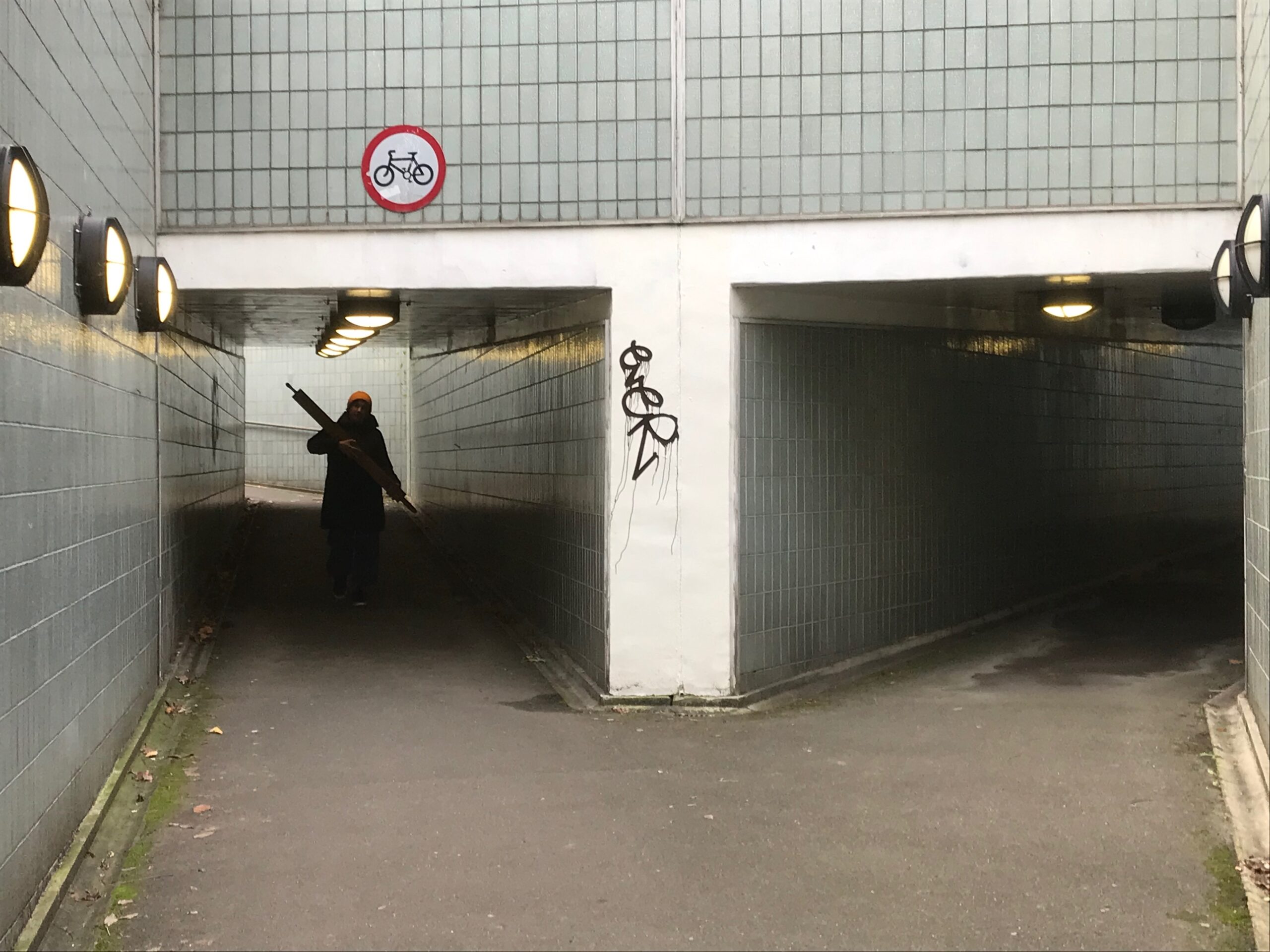



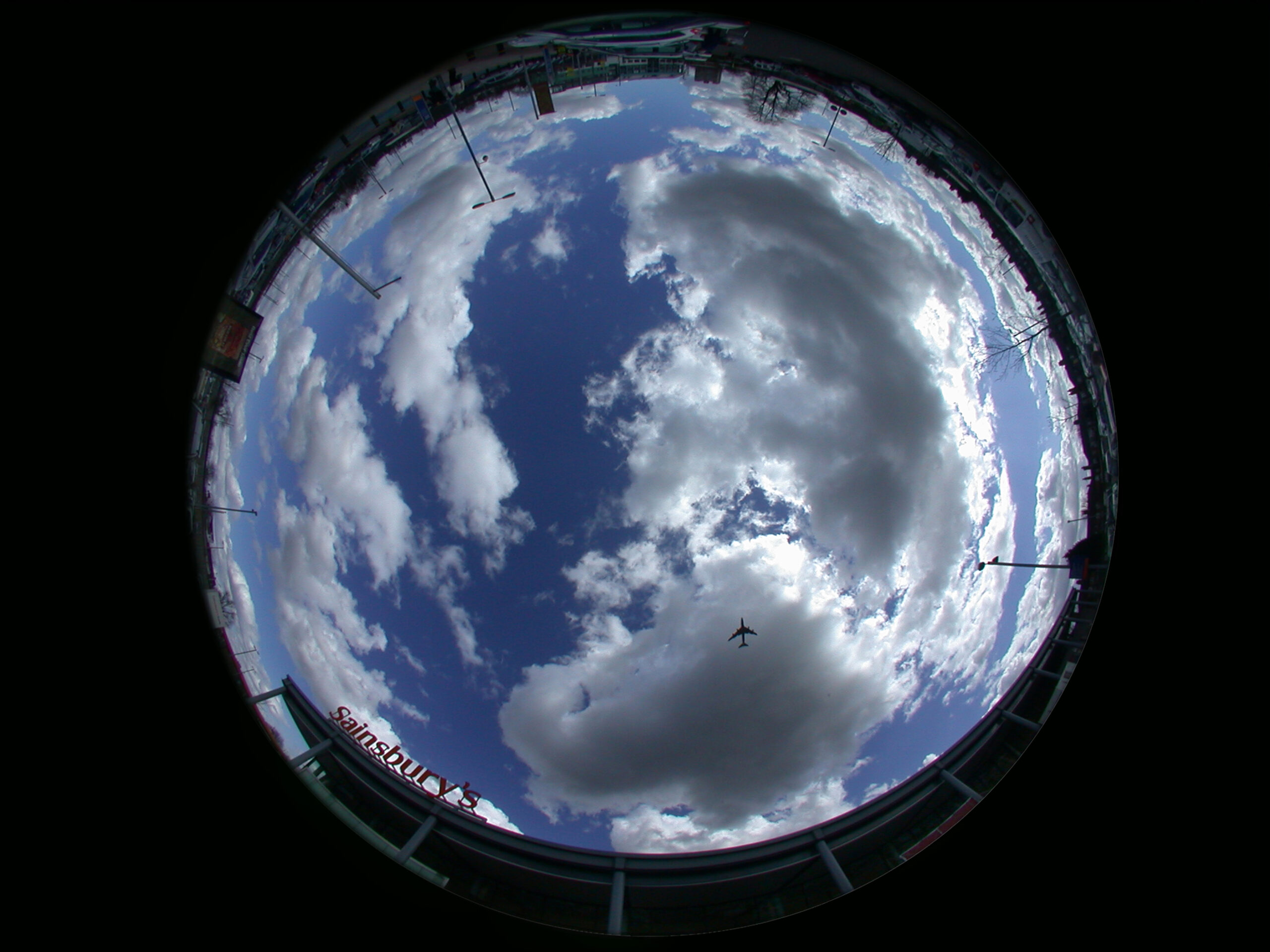
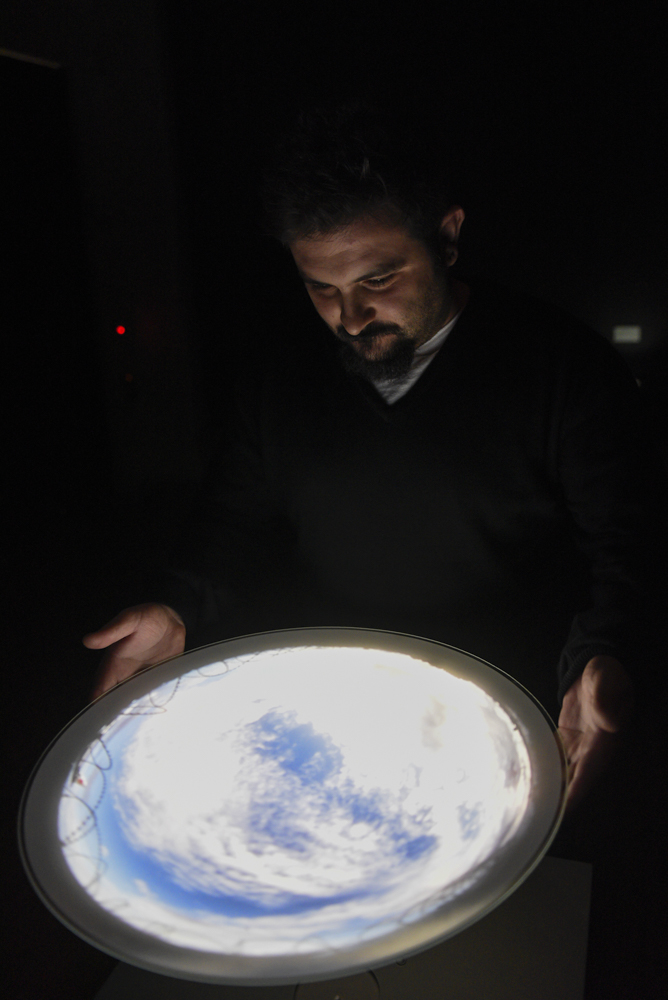



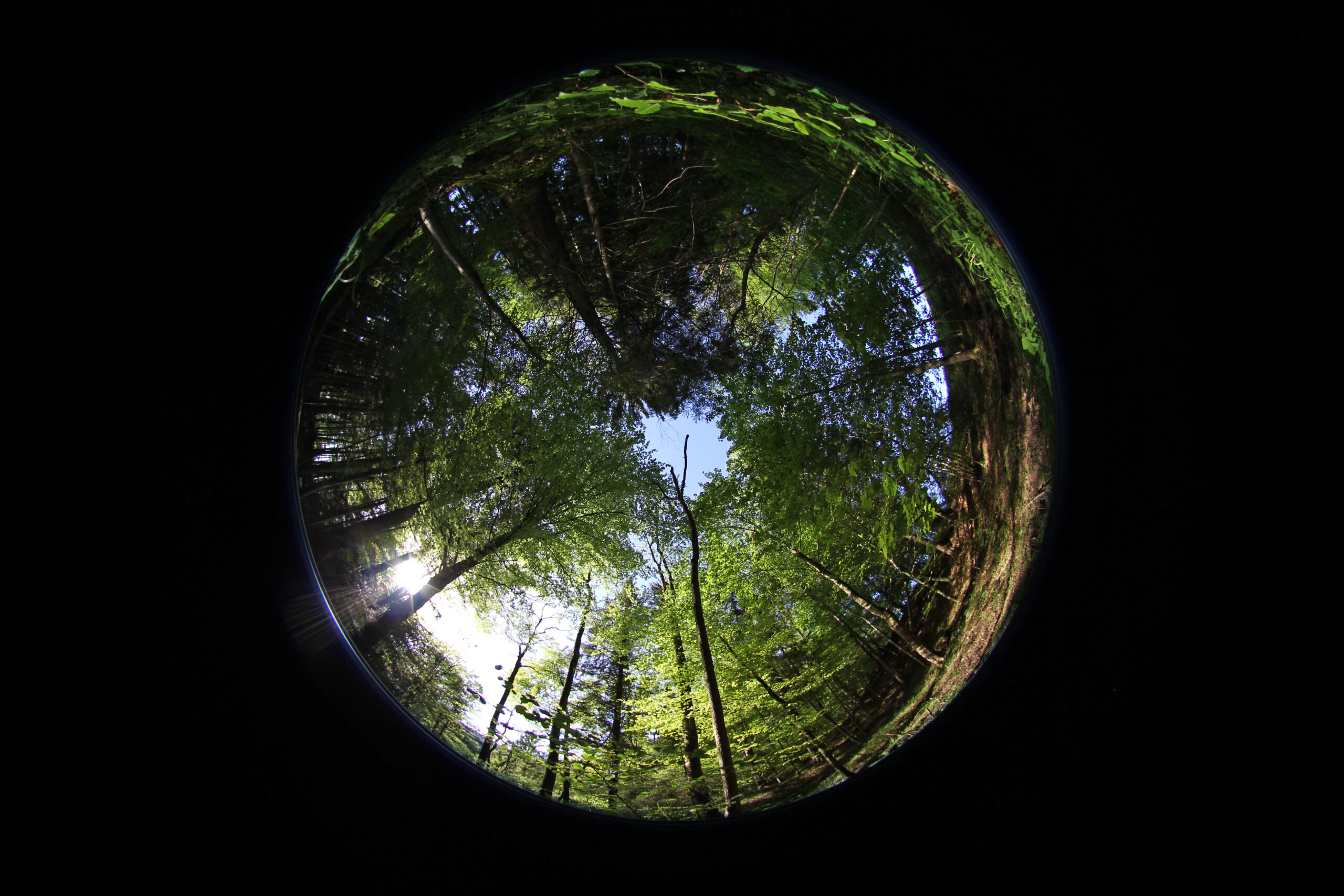

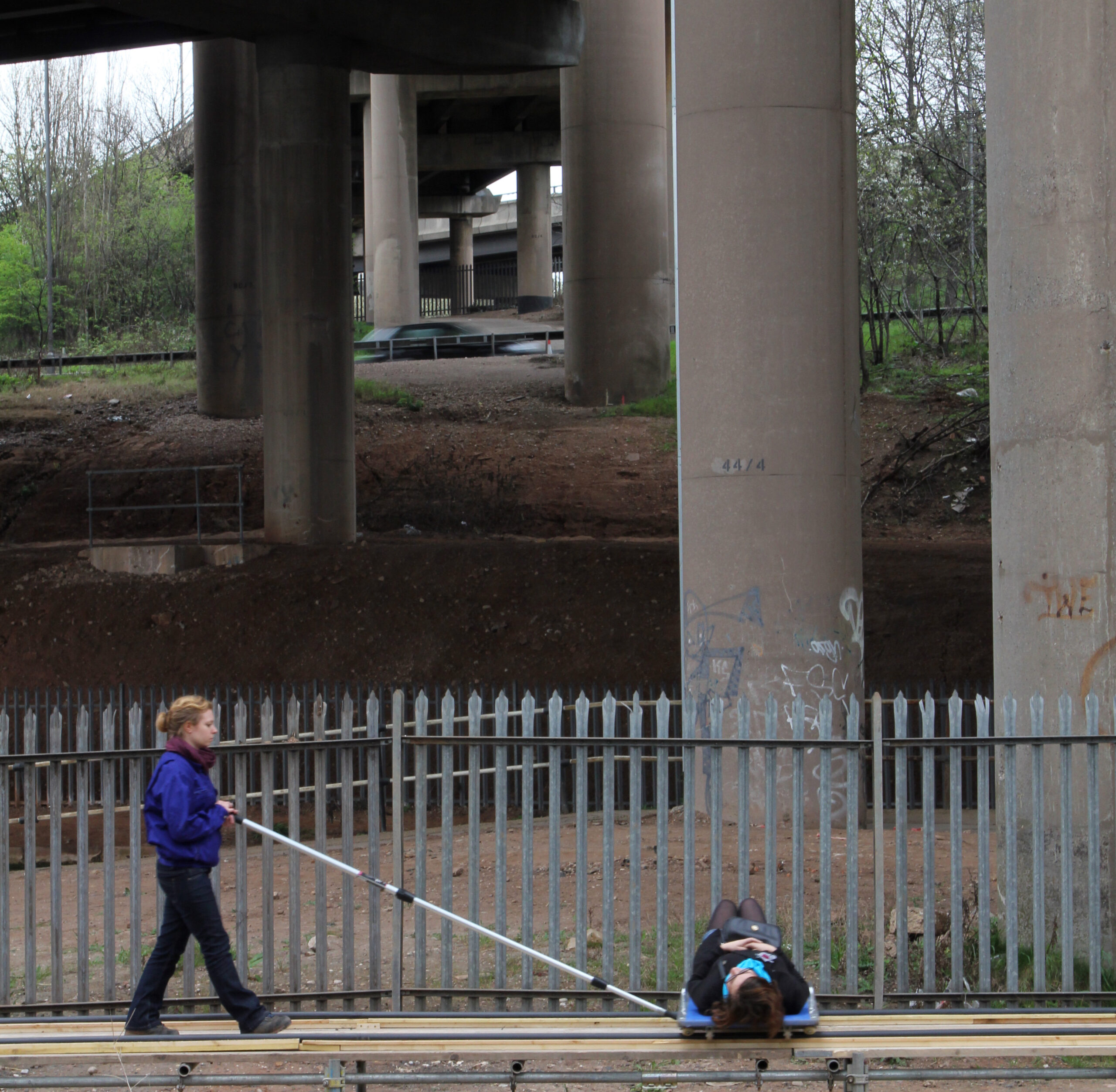


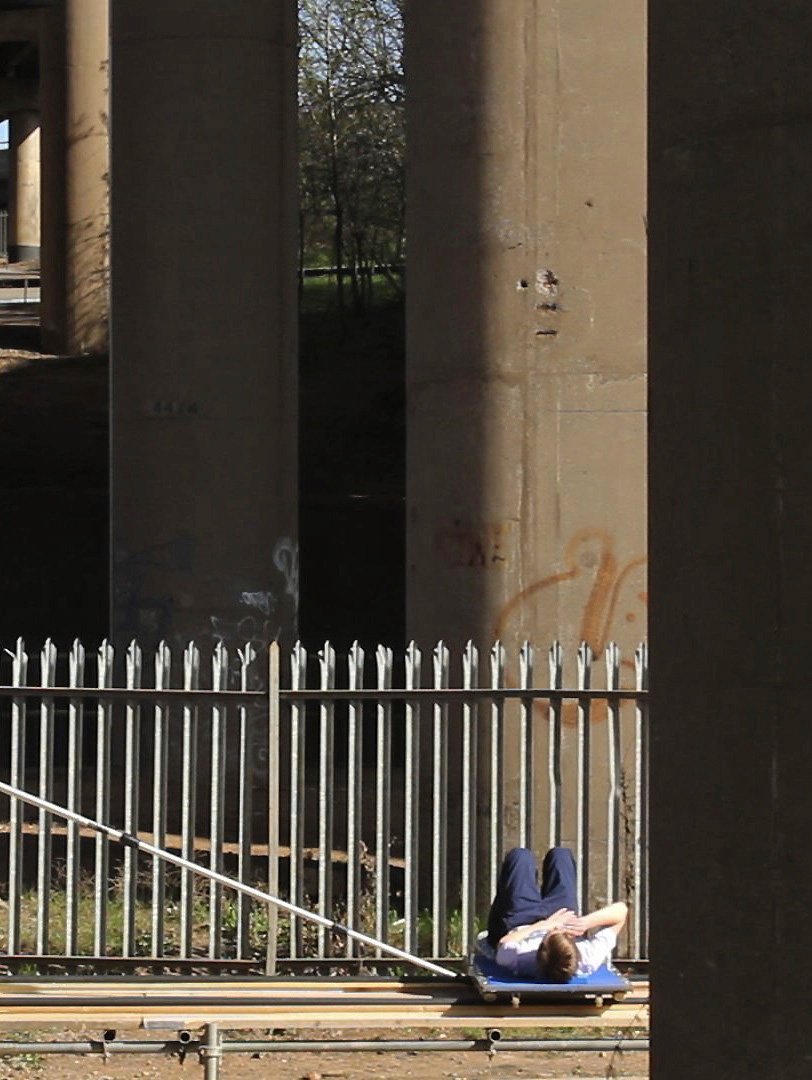



Recent Comments